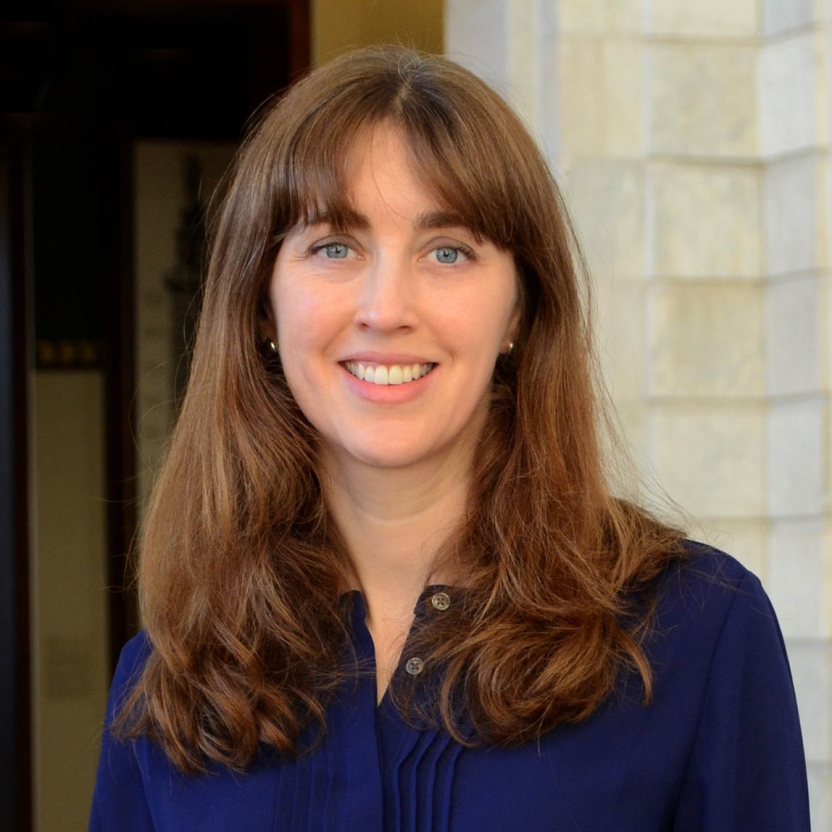Caitlin Myers’s Research for New York Times Links Mother's Age to Inequality Gap

MIDDLEBURY, Vt. – Caitlin Myers, an associate professor of economics at Middlebury, conducted research at the request of the New York Times’s Upshot section for its August 4, 2018, story, “The Age That Women Have Babies: How a Gap Divides America.” Myers, whose areas of expertise include reproductive policy, analyzed data from all birth certificates in the United States since 1985 and almost all for the five years prior. The story is accompanied by several interactive maps of the U.S. that provide, by county, a first-time mother’s average age, marital status, and whether she is a college graduate.
“I stare at numbers like these every day, but there’s something about seeing them in these maps that really highlights the striking variation,” said Myers.
According to Myers’s research, mothers in big cities and on the coasts start their families later than those in rural areas and in the Great Plains and the South. Among the examples included are New York, where the average age of a first-time mother is 31, and Zapata County, Texas, where it’s 21.
The story also highlights the age gap that often coincides with the differences in a mother’s education level, another factor that contributes even more to the socioeconomic status of parents and their young children. “Research has shown,” says the article, “where children start in life strongly influences where they end up.”
“There is a lot of variation across this country in the ages at which women start families, but a whole lot of what you see in the maps is explained—in a statistical sense, at least—by differences in education and incomes,” said Myers. “The average first-time mom with a college degree is a pretty similar age regardless of where she lives.”
“One of the things that I find most striking about the data is that while there is a huge gap in the ages of first-time mothers with and without college educations, that gap has recently begun to narrow,” Myers noted. “College-educated women are increasingly waiting until their thirties to become mothers, but on the other end of the age distribution, teen pregnancies are plummeting. So this may prove to be a story where a social divide is large, but diminishing.”

